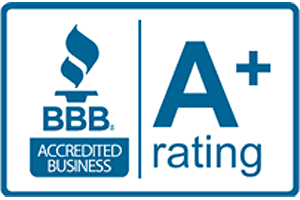- Free Consultation: 916 459 2364 Tap to Call
Understanding the Means Test in Sacramento, California Bankruptcy Filings: Demystify the means test and its impact on Chapter 7 bankruptcy eligibility
Liviakis Law Firm is a professional organization offering assistance in navigating the complex pathways of bankruptcy and debt relief. One area that often confounds individuals dealing with bankruptcy is the Means Test. A significant determining factor in Chapter 7 bankruptcy eligibility in Sacramento, California, the Means Test can often feel like a maze of regulations and calculations. Remember, you don’t have to face this complicated process alone. Let’s delve into understanding the Means Test better.
What Is the Means Test?
The Means Test, introduced by the Bankruptcy Abuse Prevention and Consumer Protection Act (BAPCPA) in 2005, is a formula used to determine whether your income is low enough to file for Chapter 7 bankruptcy. Essentially, it measures your ability to pay off your debts. The process involves comparing and analyzing your income, expenses, family size, and overall financial situation.
The Importance of the Means Test in California
In California, the Means Test plays a significant role in defining your bankruptcy rights. If you don’t pass the Means Test, you may not be allowed to file for Chapter 7 bankruptcy, and instead, you may be required to file a Chapter 13 bankruptcy. The test helps ensure that those with sufficient disposable income to repay their debts don’t misuse Chapter 7 bankruptcy.
Understanding the Means Test Calculation
The Means Test has two primary parts: Means Test Calculations based on Median Income and Disposable Income Calculations. Under the Median Income part, if your current monthly household income is less than the median income for a household of your size in California, you pass the test and can file a Chapter 7 bankruptcy. But what if your income exceeds the median income? This leads us to the Disposable Income Calculations.
Disposable Income Calculations
If your income surpasses the median, you proceed to the second part of the Means Test: determining your Disposable Income. Here, certain allowable costs and expenses, as set by the IRS, are deducted from your income. If, after subtracting these, you have little to no disposable income left, you may still qualify for a Chapter 7 bankruptcy.
The Impact of the Means Test on Chapter 7 Bankruptcy Eligibility
The outcome of the Means Test directly impacts your Chapter 7 bankruptcy eligibility. If you pass the test, you can file for Chapter 7. Even within the Means Test, certain individuals are exempt, meaning they are eligible for Chapter 7 without undergoing the test. These can include disabled veterans, those whose debts are primarily from a business activity, and certain military personnel.
Conclusion
Whether you’re planning to file bankruptcy or are in the process of doing so, understanding the Means Test is critical. It’s not only a prerequisite for Chapter 7 bankruptcy but also a gateway to debt relief. If you’re confused or uncertain about the Means Test process, consider reaching out to a seasoned Sacramento Bankruptcy Attorney for guidance.











